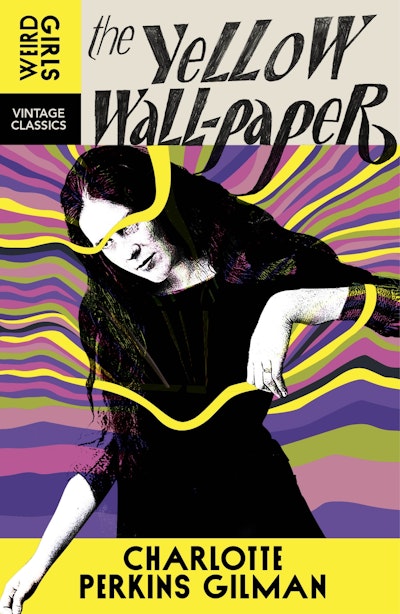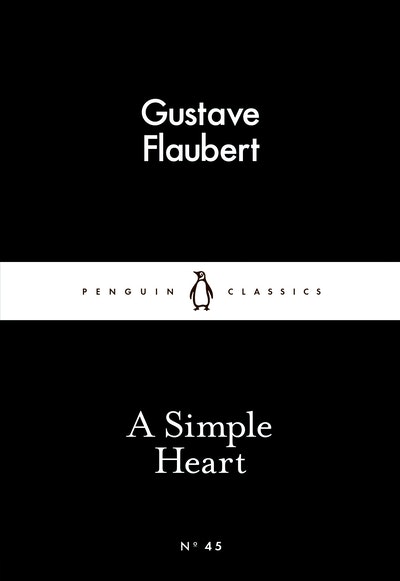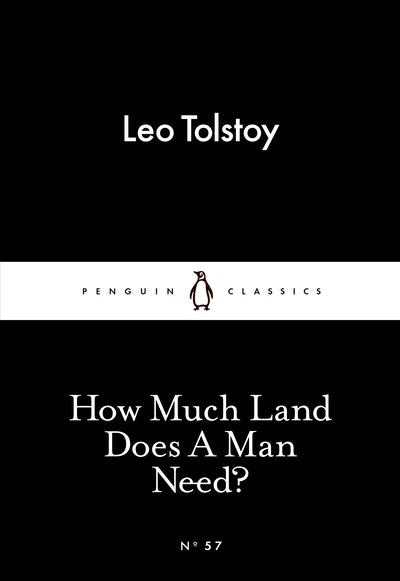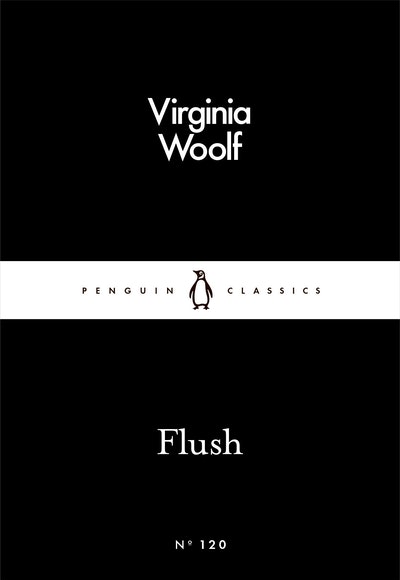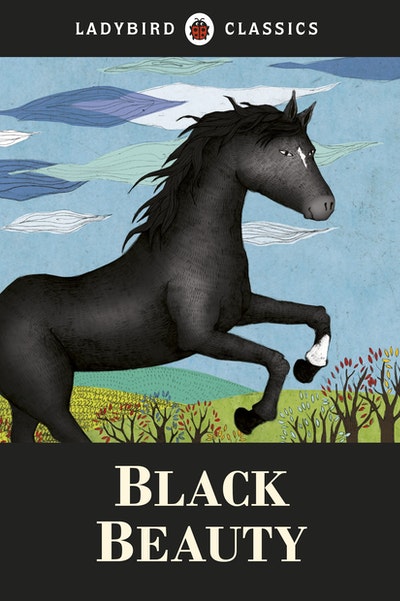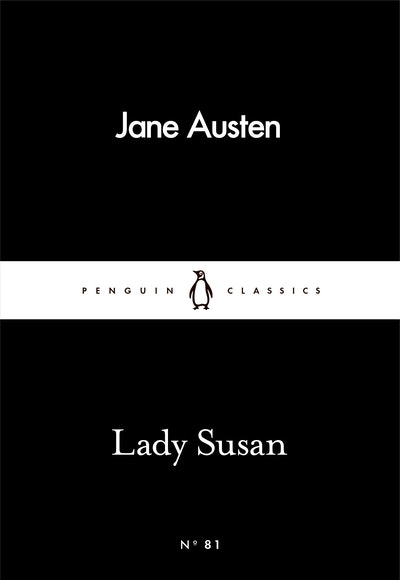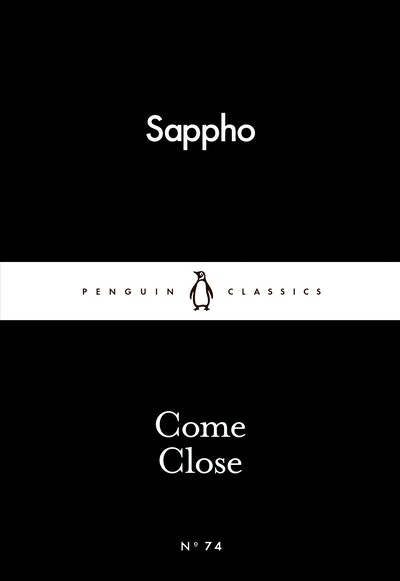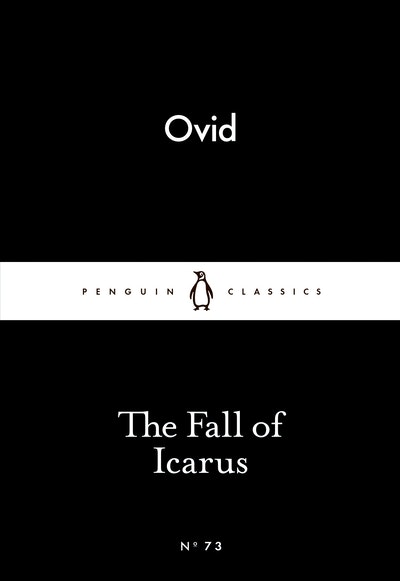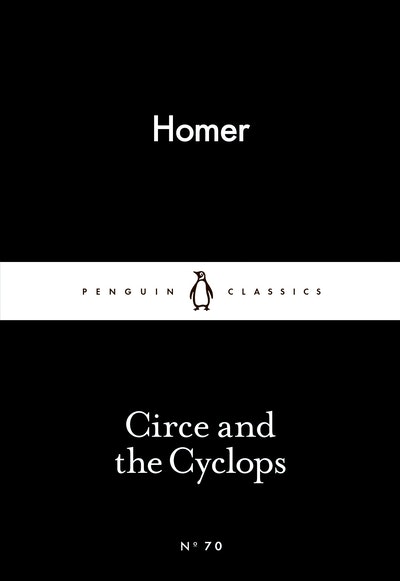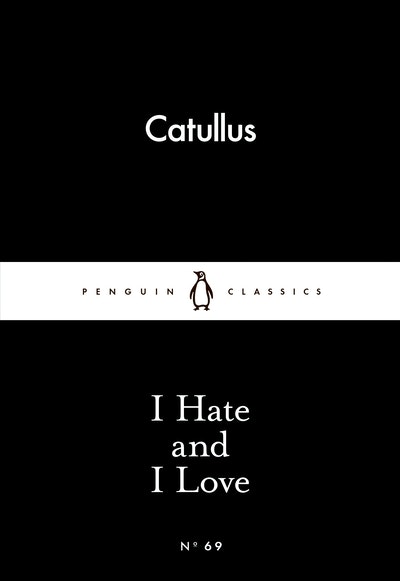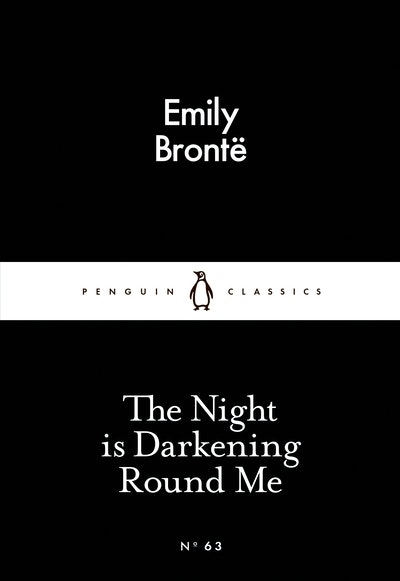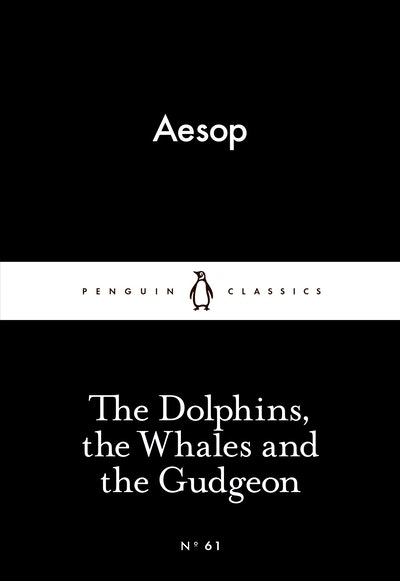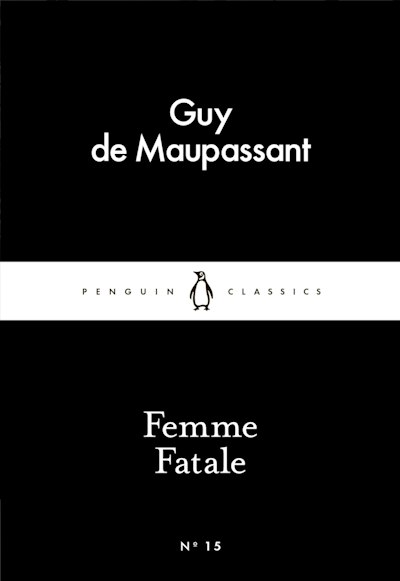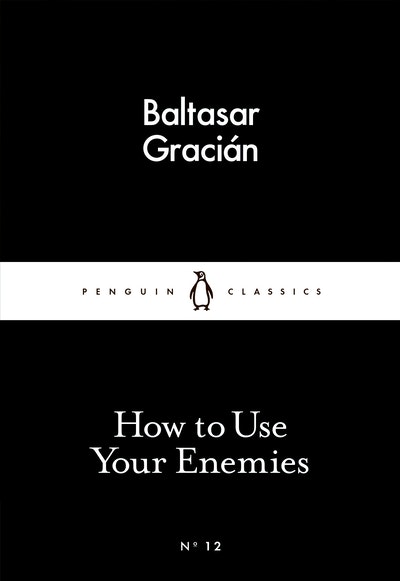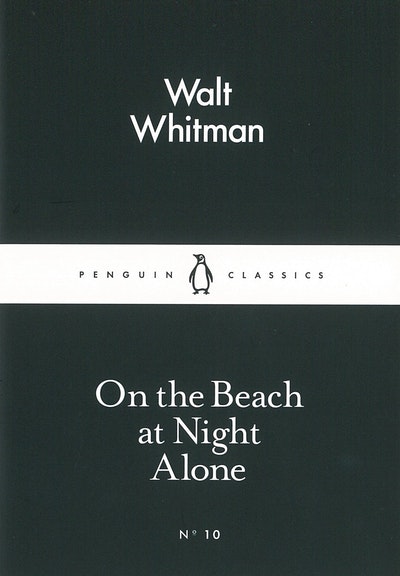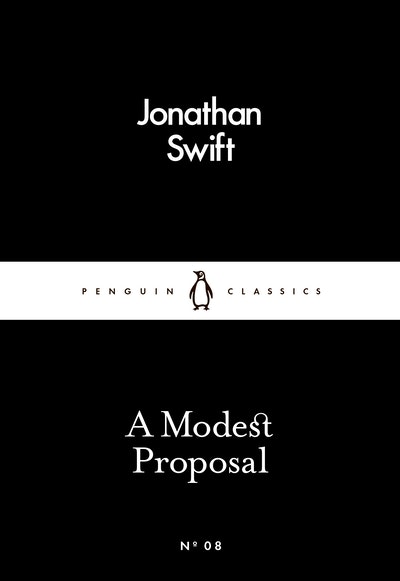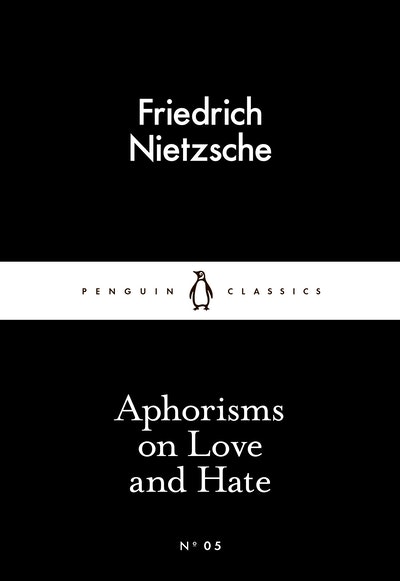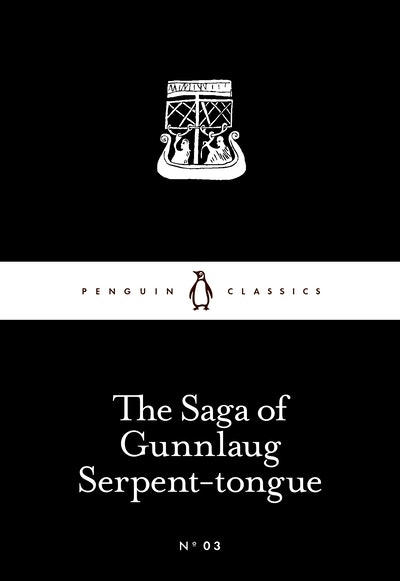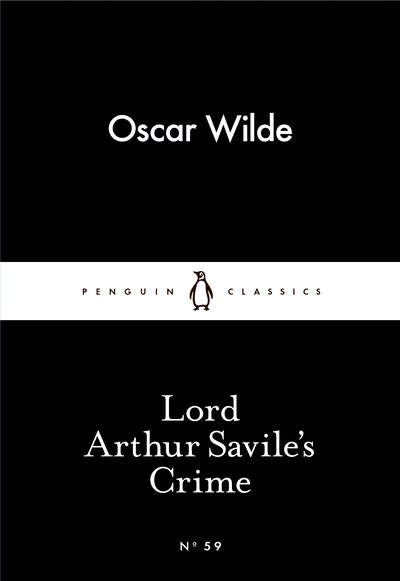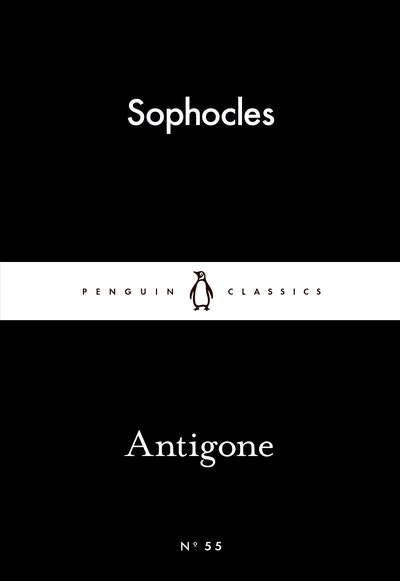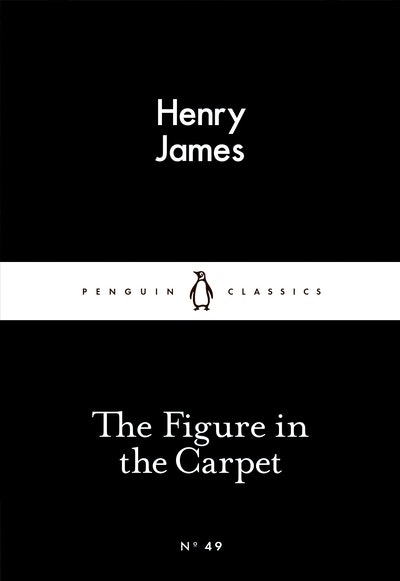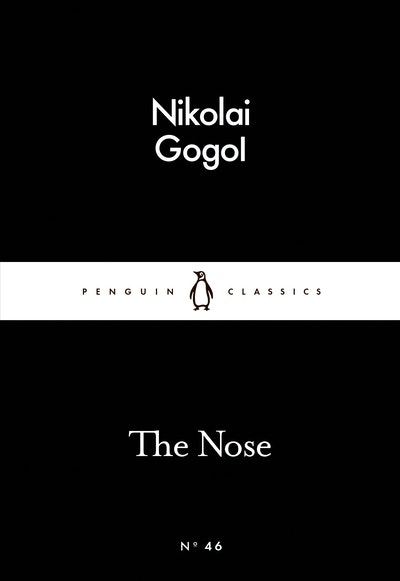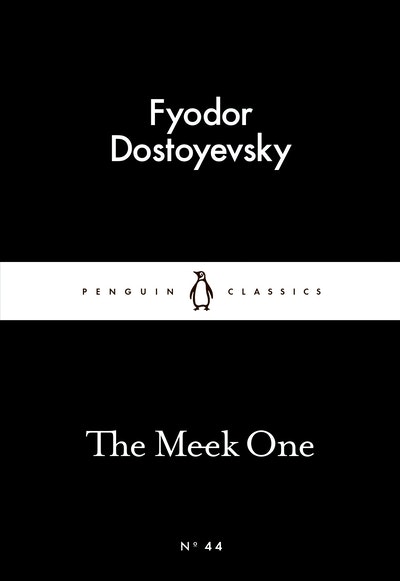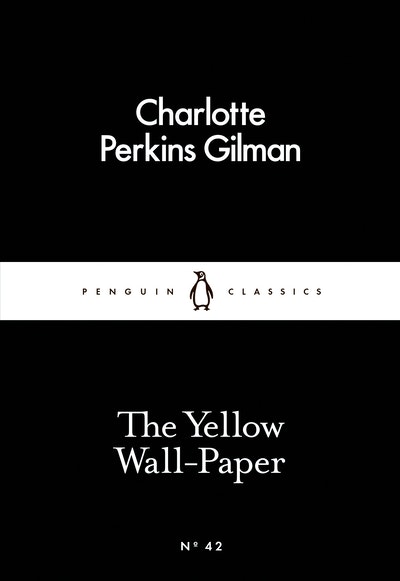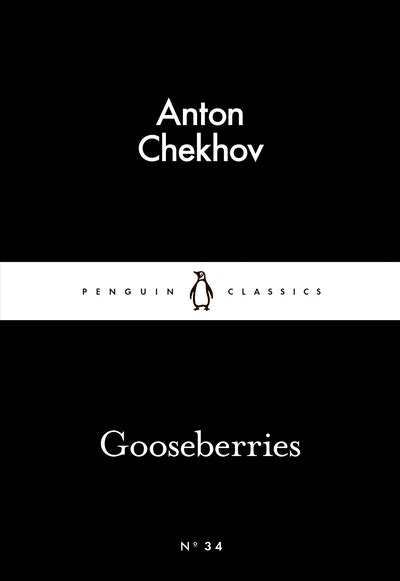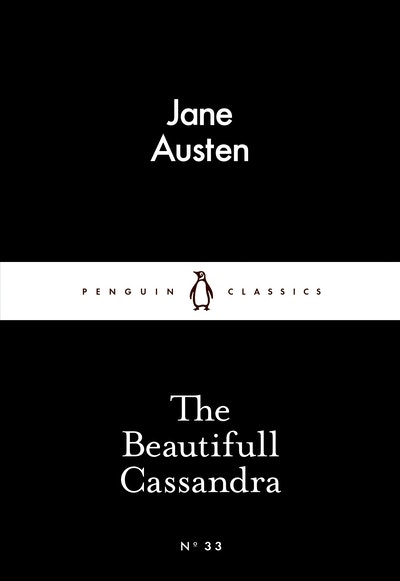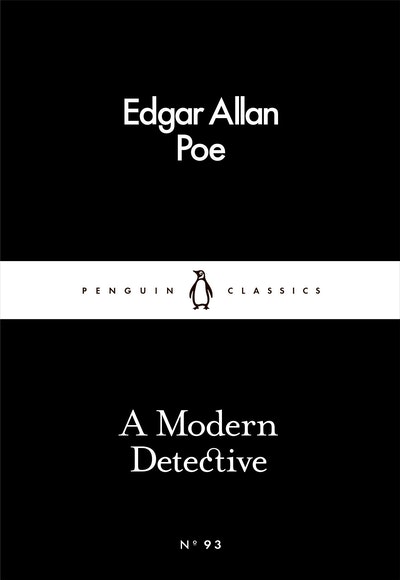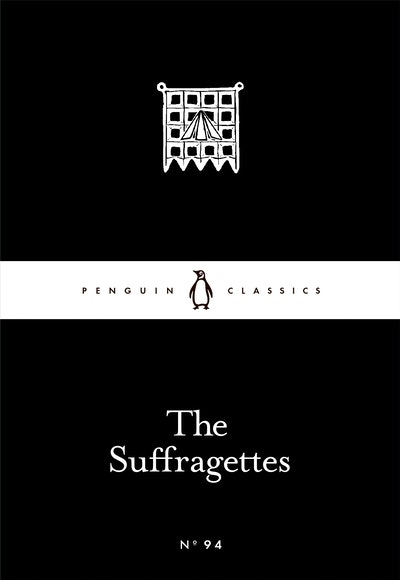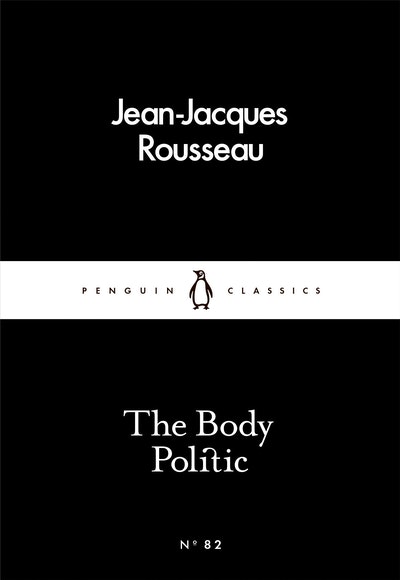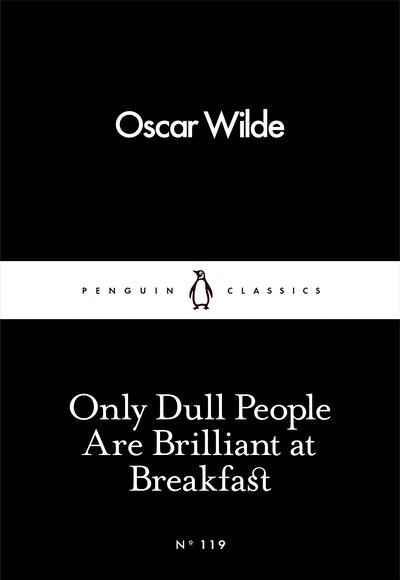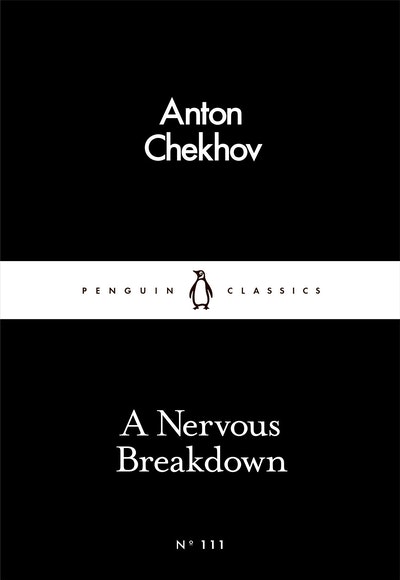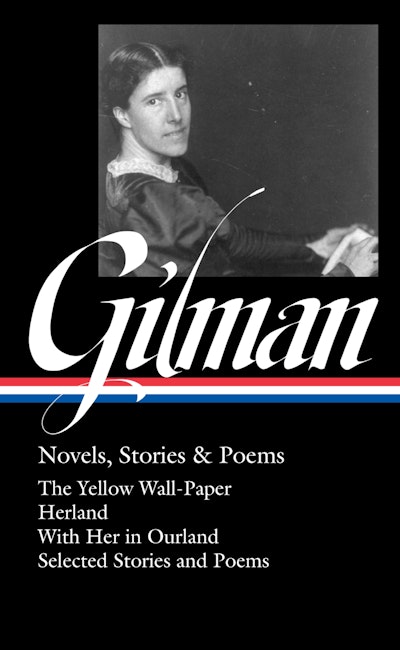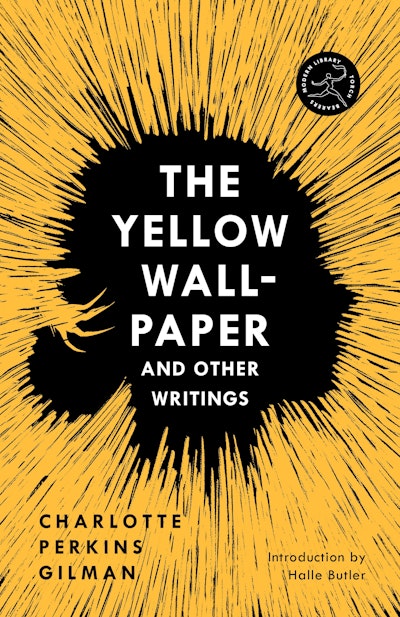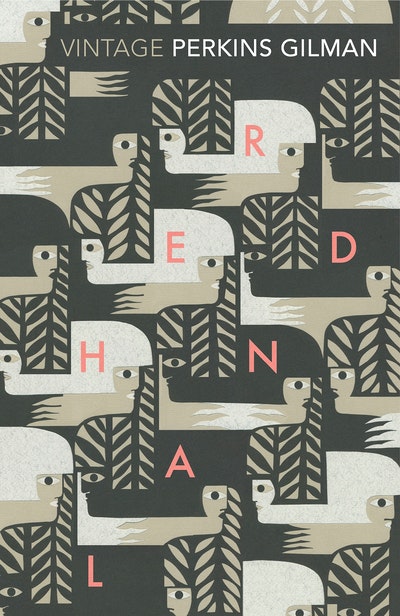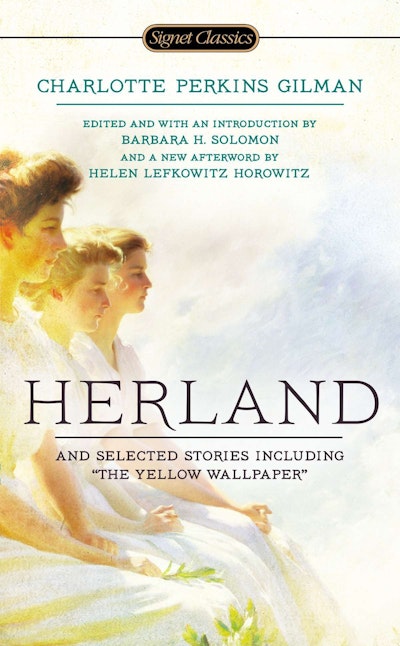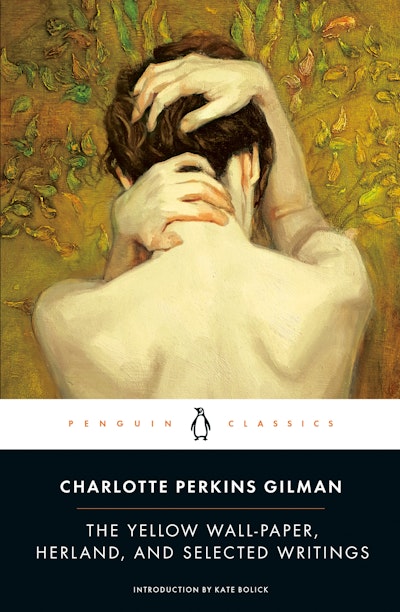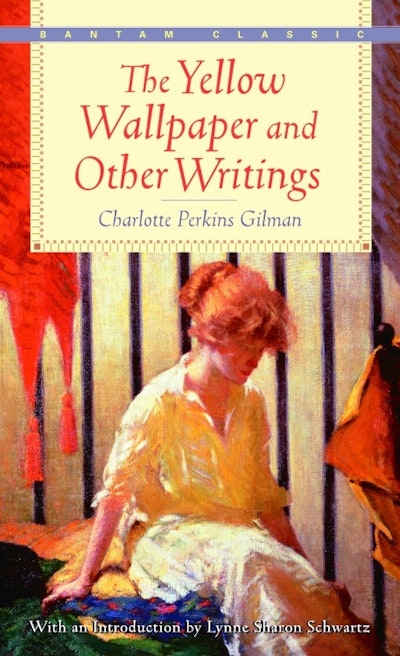- Published: 4 September 2025
- ISBN: 9781529955736
- Imprint: Vintage Digital
- Format: EBook
- Pages: 144
The Yellow Wall-Paper
The Vintage Classics WEIRD GIRLS series ventures into the depraved, delectable depths of weird fiction with nine books by nine pioneering women.
The original feminist horror story, about a woman driven to the brink - and beyond.
In the throes of a ‘temporary nervous depression’ following childbirth, a woman is brought by her physician husband to recuperate in an isolated New England mansion.
There she is barred from her work of writing and encouraged to simply get better. Sequestered in the old nursery at the top of the house, with barred windows and a bed nailed to the floor, she has little to do but examine the strange wallpaper that surrounds her – and appears to shift before her very eyes.
Here accompanied by Gilman’s key wider stories, The Yellow Wall-Paper endures as a groundbreaking, deeply disturbing classic of feminist horror.
'A great work of literature, the product of a questing, burning intellect' Maggie O’Farrell
The Vintage Classics Weird Girls series: Dive into the depraved, delectable depths of weird fiction with nine books by nine pioneering female authors. Bold, disruptive, chilling and enchanting, these tales of the weird are strange enough to get lost in.
- Published: 4 September 2025
- ISBN: 9781529955736
- Imprint: Vintage Digital
- Format: EBook
- Pages: 144
Other books in the series
About the author
Charlotte Perkins Gilman was born in 1860 in Connecticut. She was a feminist and journalist and author of a number of fiction and non-fiction works. These include Women and Economics (1898), Concerning Children (1900), The Home: Its Work and Influence (1903) and Herland (1915). She is best remembered for her short story ‘The Yellow Wallpaper’ which describes the descent of a woman into madness following a ‘rest cure’. Unconventional in many ways, Gilman’s life included two marriages and separation from her nine-year-old daughter, whom she sent to live with her ex-husband and his new wife. She was a Suffragette, a public speaker on social issues and the editor of a number of literary magazines during her career. In 1932, Gilman was diagnosed with incurable breast cancer and, as an advocate of euthanasia, she took the decision to commit suicide. She did this on 17 August 1935 by taking an overdose of chloroform.
